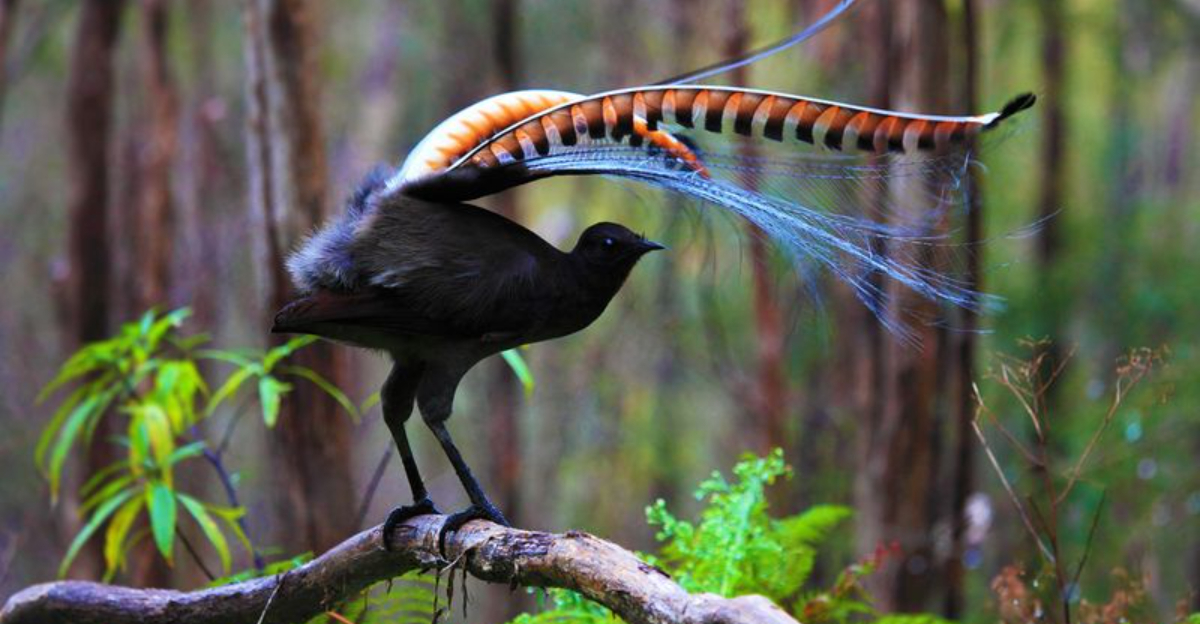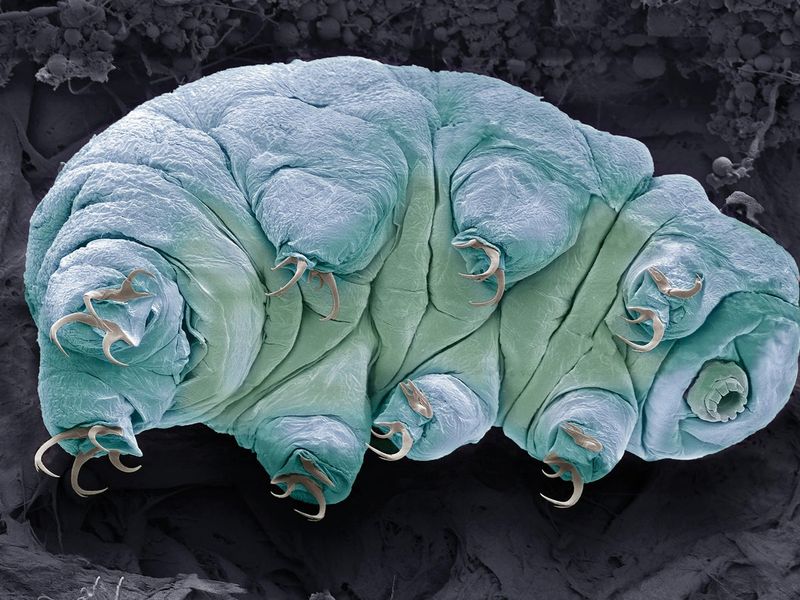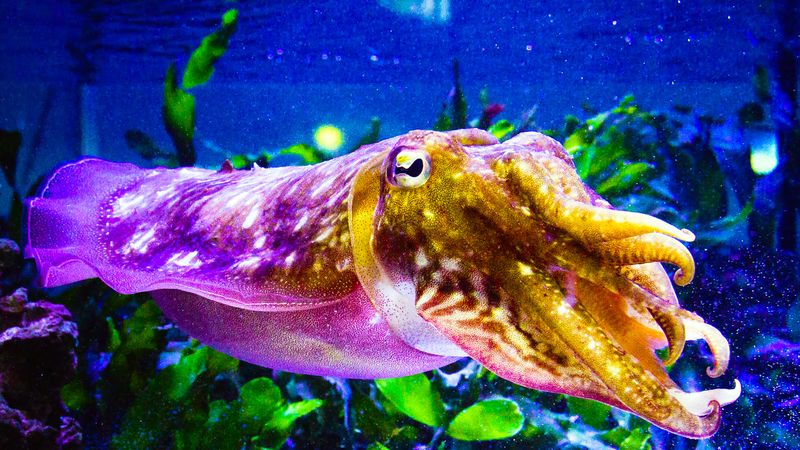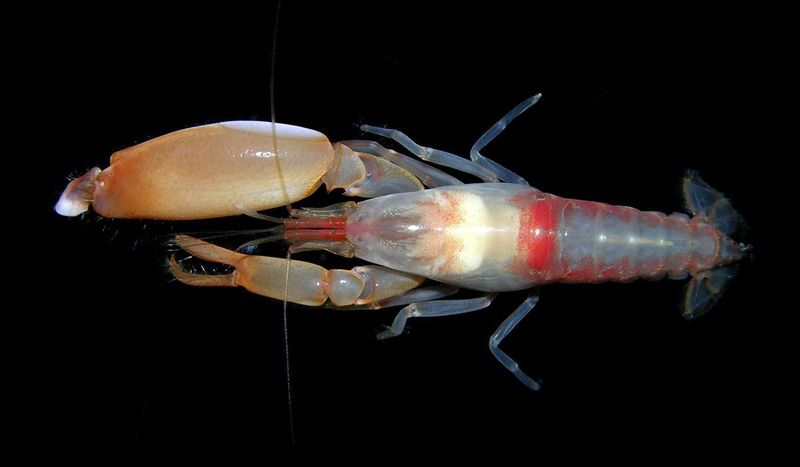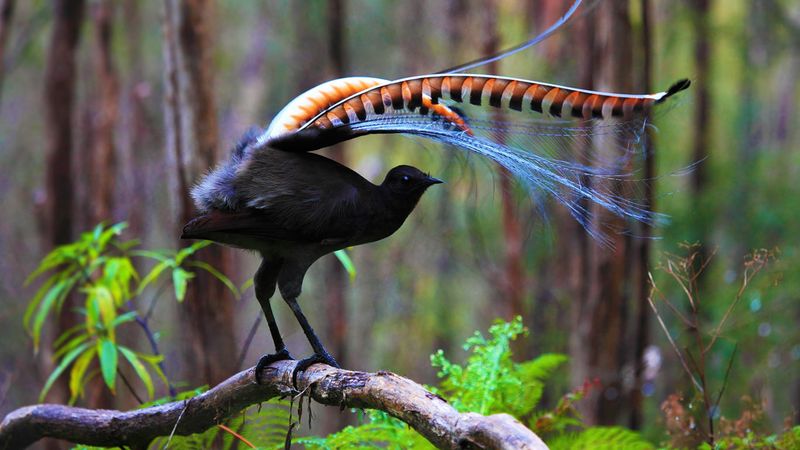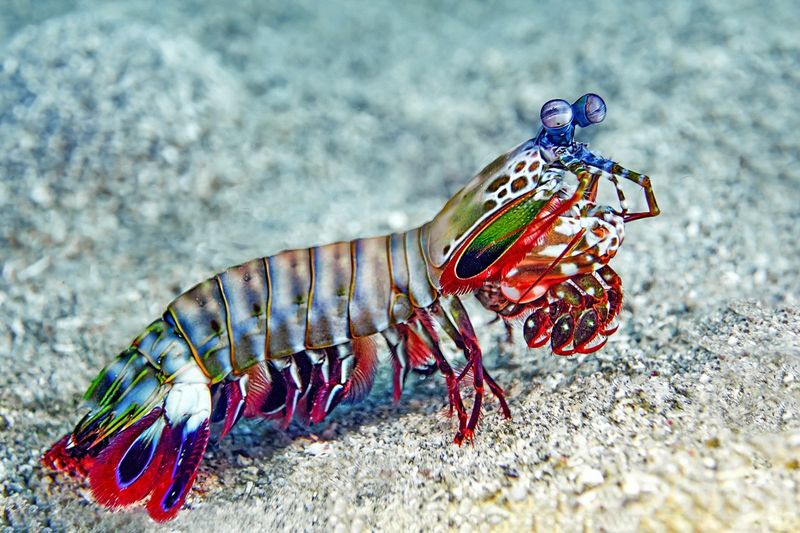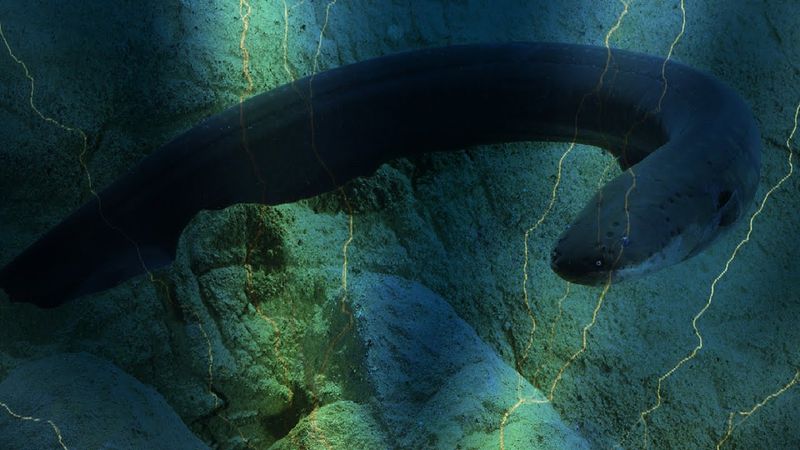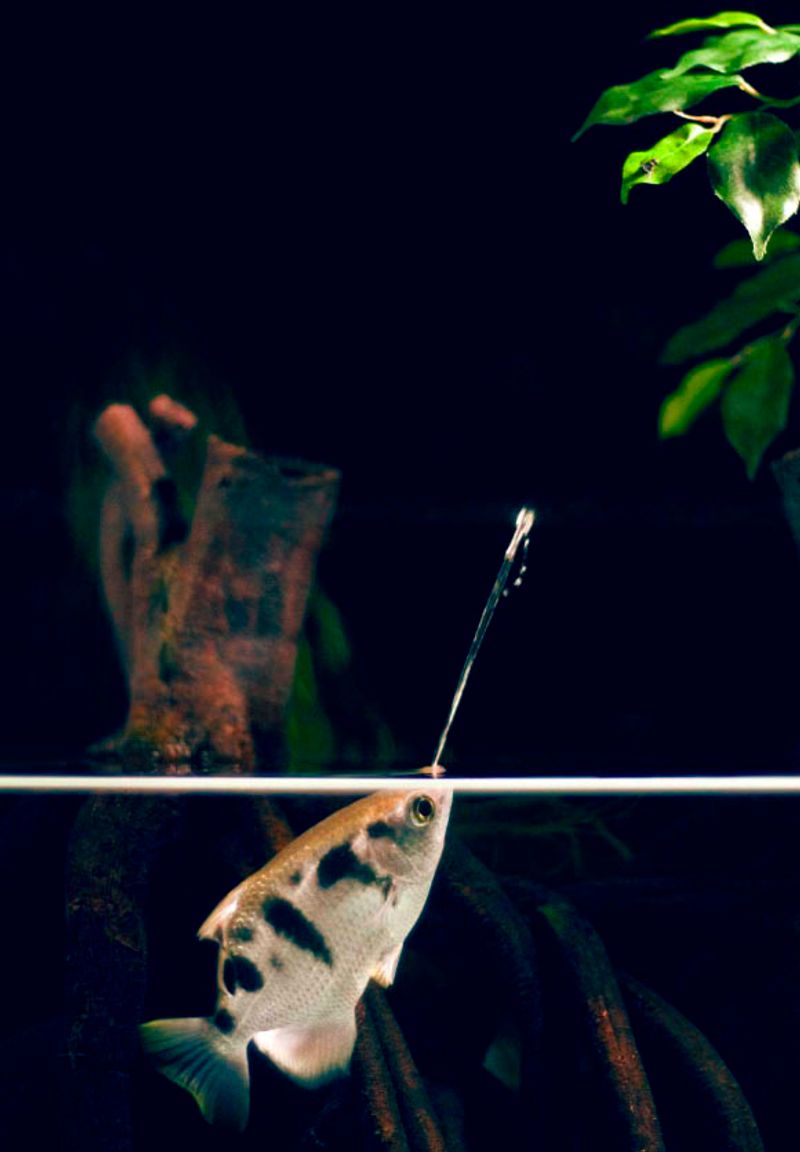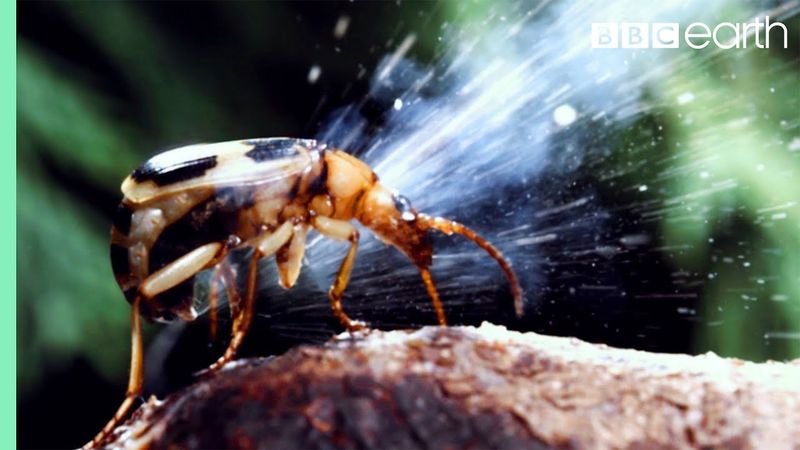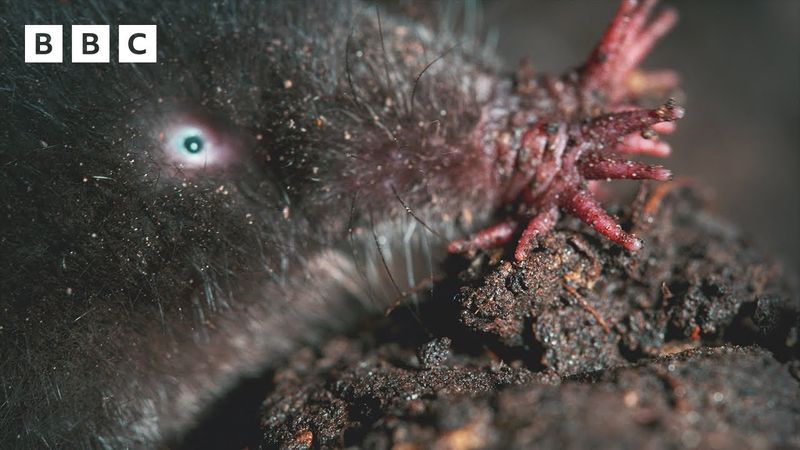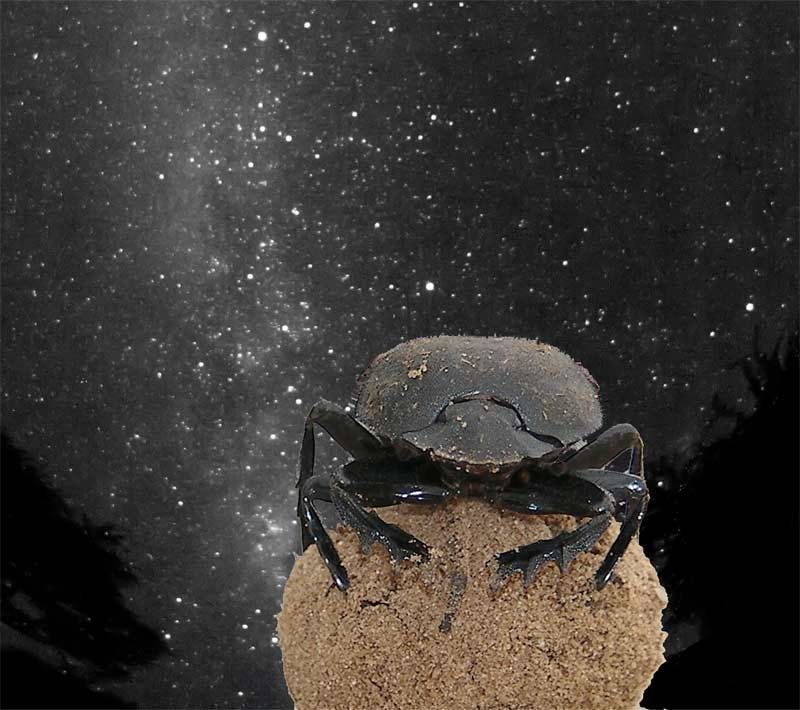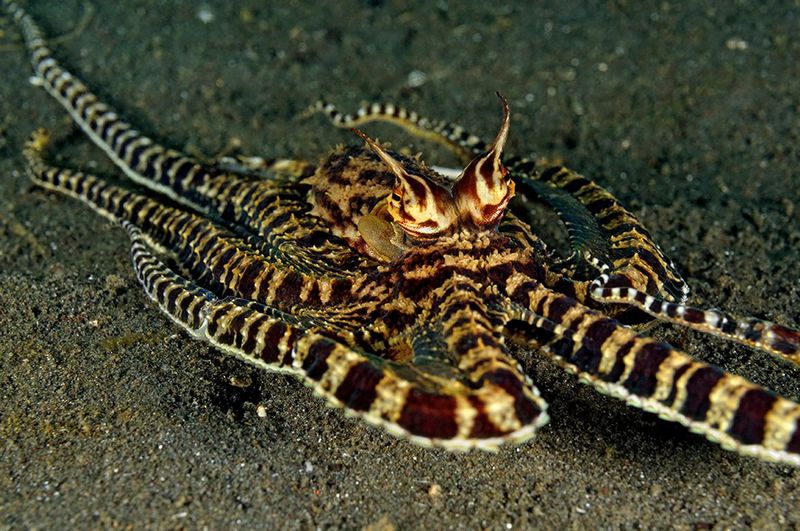Nature is full of surprises—and some animals seem like they were ripped straight out of a superhero comic. From invisibility to mind control, these creatures have evolved incredible abilities that push the limits of biology. Here are 12 animal superpowers you won’t believe exist.
1. Tardigrades – Indestructibility
Tardigrades, often called water bears, are microscopic marvels of resilience. Imagine a creature that can survive the vacuum of space, intense radiation, and temperatures from boiling to freezing. These tiny beings curl into a tun state, suspending their metabolism, which allows them to endure such hostile environments. In this state, they can potentially survive for decades without water. Their secret lies in their ability to replace water in their cells with a sugar called trehalose. This unique adaptation is not only fascinating but also a subject of scientific research, offering insights into potential human applications.
2. Cuttlefish – Instant Camouflage
Cuttlefish, the chameleons of the sea, possess an extraordinary ability to change their skin color and texture in the blink of an eye. This instant camouflage helps them evade predators and ambush prey. Their skin contains special cells known as chromatophores, which expand and contract to produce vibrant colors and patterns. Interestingly, cuttlefish are colorblind, yet they can mimic their surroundings with astonishing accuracy. This skill not only protects them but also mesmerizes those who witness their transformation. Researchers study them to uncover the secrets behind this natural wonder, potentially advancing human technologies like adaptive camouflage.
3. Pistol Shrimp – Sonic Weaponry
The pistol shrimp, small yet mighty, wields a sonic weapon that defies its size. With a snap of its claw, it creates a cavitation bubble that implodes with a sound reaching 210 decibels, louder than a gunshot. This sonic blast not only stuns or kills its prey but also generates heat akin to the surface of the sun. Remarkably, this biological explosion happens in fractions of a second, showcasing nature’s ingenuity. The shrimp’s ability to harness sound and heat offers a glimpse into phenomena that intrigue both marine biologists and physicists, highlighting the marvels beneath the sea.
4. Lyrebird – Perfect Mimicry
The lyrebird, a virtuoso of the avian world, captivates with its impeccable mimicry. Found in Australia’s forests, this bird can replicate a symphony of sounds, from chainsaws to camera shutters, and even other birds’ calls. With a tail that resembles a lyre, it performs elaborate dances, adding visual flair to its auditory display. The lyrebird’s extraordinary vocal range is not just for show; it plays a critical role in attracting mates and defending territory. This feathered mimic’s talents exemplify the wonders of evolution, inspiring awe and admiration among bird enthusiasts and researchers alike.
5. Mantis Shrimp – Super Vision
Mantis shrimp, with eyes that seem plucked from science fiction, boast super vision unmatched in the animal kingdom. These vibrant crustaceans have up to 16 types of color receptors, enabling them to perceive ultraviolet and polarized light. Their eyes move independently, scanning their surroundings with incredible precision. This visual prowess aids in hunting and navigation, transforming them into formidable predators in their underwater realm. Beyond their predatory skills, mantis shrimp inspire advancements in optical technology, as scientists explore applications in imaging and data storage. Their eyes reveal the unseen, challenging our understanding of perception and light.
6. Electric Eel – High Voltage
Electric eels, the shockers of the aquatic world, wield electricity like a weapon. Capable of generating up to 600 volts, these eels use electric shocks to stun prey and deter predators. Their bodies contain specialized cells called electrocytes, which work like tiny batteries to produce powerful electric currents. This high voltage ability is essential for hunting in murky waters where visibility is limited. Beyond their electrifying attacks, electric eels contribute to our understanding of bioelectricity, inspiring technologies in energy storage and medical devices. In their electrified domain, these eels truly embody the power of nature’s ingenuity.
7. Archerfish – Precision Shooting
Archerfish, nature’s sharpshooters, exhibit precision shooting that defies aquatic boundaries. These fish can spit jets of water to knock insects off branches, adjusting for the refraction of light in water. Their remarkable accuracy is a testament to their keen eyesight and instinctual calculations. This unique hunting strategy allows them to catch prey above the water’s surface, showcasing their adaptability and intelligence. Watching an archerfish in action is like witnessing a marksman at work, where each shot is executed with skill and purpose. Their watery arrows redefine what it means to be a hunter in the animal kingdom.
8. Bombardier Beetle – Chemical Warfare
Bombardier beetles, the chemists of the insect world, employ chemical warfare to defend themselves. When threatened, they release a boiling chemical spray from their rear, accompanied by an audible pop. This potent defense mechanism deters predators with its heat and noxious fumes. The beetle’s ability to mix chemicals without self-harm is a marvel of biological engineering. Its defensive strategy is not only effective but also inspires biomimetic research, as scientists explore applications in self-healing materials and controlled chemical reactions. The bombardier beetle’s explosive chemistry showcases nature’s resourcefulness in the face of danger.
9. Star-Nosed Mole – Fastest Touch
The star-nosed mole, with a snout resembling a starburst, is a master of touch and speed. This subterranean creature uses its 25,000 sensory receptors to identify prey in the blink of an eye. Its star-shaped nose moves with incredible speed, making it the fastest-eating mammal on the planet. This extraordinary sense of touch allows it to thrive in dark, damp tunnels where vision is limited. The mole’s rapid-fire eating and tactile prowess provide insights into sensory processing, inspiring research into human touch perception. Its unique adaptation highlights the marvels of evolutionary specialization in the animal kingdom.
10. African Dung Beetle – Stellar Navigation
The African dung beetle, a celestial navigator, uses the stars to guide its earthly journey. Remarkably, it’s the only known insect to navigate using the Milky Way, ensuring its dung cargo rolls in a straight line. This night-time navigation is crucial for reaching safe breeding grounds, away from competitors. The beetle’s ability to read the stars showcases a cognitive complexity that fascinates researchers. By studying these celestial voyagers, scientists gain insights into insect navigation and the potential for bio-inspired technologies. The dung beetle’s stellar journey underscores the wonders of nature’s navigational prowess.
11. Mimic Octopus – Master Impersonator
The mimic octopus, an aquatic shapeshifter, dazzles with its ability to impersonate other marine creatures. Found in the murky waters of Indonesia, it can transform its appearance to resemble venomous species like the lionfish and sea snake. This impressive mimicry serves as a defense mechanism, warding off predators by imitating dangerous animals. The octopus’s adaptability is a testament to its intelligence and survival instincts. As marine biologists study this master of disguise, they uncover the complexities of underwater communication and survival strategies. The mimic octopus’s theatrical transformations are a fascinating spectacle of nature’s creativity.
12. Planarian Worm – Regeneration
The planarian worm, a regeneration expert, holds the secret to biological immortality. Cut it into pieces, and each fragment can regrow into a complete worm, showcasing an unparalleled ability to regenerate. This remarkable talent stems from a reservoir of stem cells that can transform into any cell type needed for regeneration. Scientists study planarians to unlock the mysteries of tissue regeneration, with potential applications in medicine and healing. The worm’s regenerative prowess is not only a marvel of nature but also a beacon of hope for advancing regenerative therapies. Its seemingly immortal nature fascinates and inspires researchers worldwide.
